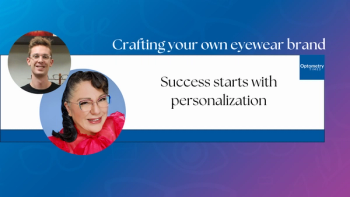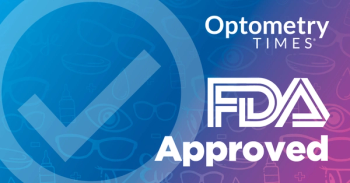
Putting the manage in co-manage
Co-manage. A doltish term if you think of the compound nature of the word. The etymology shows co (koh) is a prefix used (1) to form nouns meaning joint, mutual, or common, and (2) to form adjectives meaning jointly or mutually. The second part of the term is manage (man-ij), a verb meaning be in charge of; administer; run; or supervise.
Individually, the words create a sense of mutual care, shared, divided, and mutually respected. By joining the words, the term has been used surrounding patient care for decades. Yet now more than ever it the term seems to have lost a lot-if not all-of the original intent. There are a myriad of layers of patient-centric management concerns when we work with other physicians to ensure proper care and services. However, this does not always mean that each case is going to take a lot of chair time or require a tremendous amount of effort. To provide the best co-management of care for our patients, it necessitates a desire to nurture this relationship with the mutual provider.
Know your co (equal)
Whether you share the care of your patient with a surgeon or another OD, understand their philosophies, treatment protocol, and their staff. Co-management is not just simply sending a patient to another office and allowing that office to take control of the process. It is paramount that you meet with this doctor’s partners (if any), as well as his or her staff, know the lay of their land and-most importantly-know what your expectations will be. This meeting also sets the ground rules for specific procedures, surgical options, philosophies, quirks, and even hours of operation.
I’ve said many times that surgeons are like hired guns. You need to interview the best possible “gun” you can trust with your patients. The notion that you are only as good as your weakest link extends beyond the person answering your phone all the way to the facility that you think can help your patient.
Have your surgeon on speed dial
There should never be a question that goes unanswered. The lines of communication should always be open. There needs to be a reciprocal understanding that, if something goes awry-which happens from time to time-you will receive a call and vice versa. A great example of communication is the toric IOL, which I discussed in my February column. A rotation of the toric lens is unlikely, but it is possible. Yet without prior knowledge of the axis of implantation, you would never know. As the primary caregiver for our patients, we may have more intimate knowledge of what will benefit the patient based on previous attempts to solve a problem. A policy of “Call me before you change anything” is a real sign of mutual equality.
The paper trail
Patients like to have tangible signs of cooperation. Having printed materials explaining where the patient is going, who the patient is seeing, and what he or she should expect creates that understanding. I recommend printing information on your letterhead that provides details about your partner who will assist you in caring for this patient. Take the time to find out what preoperative regimen is needed for the surgery, such as the recovery, pricing, and insurance coverage; have this material readily available. Surgical centers want the referrals, so they are often wiling to provide these materials with your hours, phone numbers, and addresses to strengthen the bond of partnership.
The timetable
“We are going to see you back 1 week after your surgery and then after 1 month. Let’s set up those appointments before you leave.” Those words are reassuring to the patient. When your patient knows exactly when he or she is coming back and what you will be doing, the ambiguity of the care is removed. I cannot state this any more simply-The role of each caregiver should be detailed ahead of time.
Co (together) management (taking care of our patient) is meant to help, not be a deterrent or a veiled financial agreement. This cooperation between optometry and other medical professions means working together to take the best care of our patients. In doing so, we collectively co-articulate this notion of coordinating care of our patients and act as their co-pilot in this crazy coexistence.ODT
Newsletter
Want more insights like this? Subscribe to Optometry Times and get clinical pearls and practice tips delivered straight to your inbox.
















































.png)


